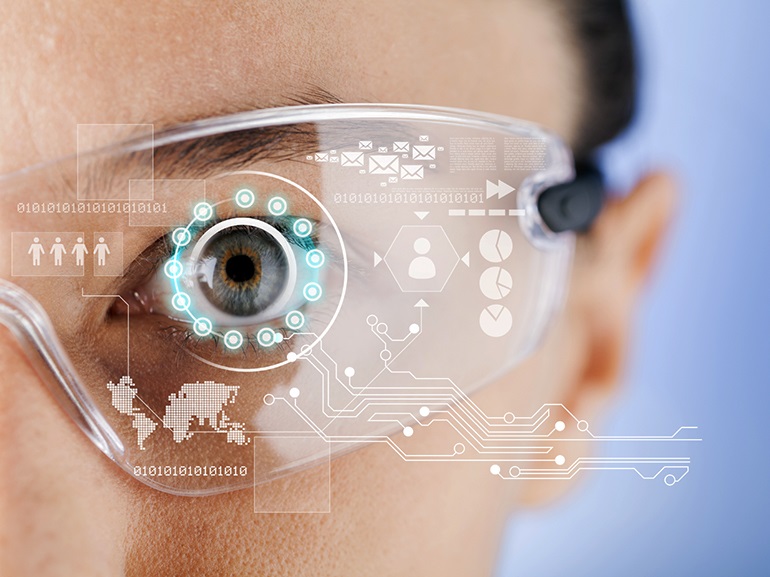One of the greatest innovative patterns spreading across the world is Augmented Reality (AR) that permits us to see the genuine climate with an advanced expansion overlaid on it. Some presumed organizations like Google, Apple, Amazon, Facebook, and Instagram use Augmented Reality programming and applications to upgrade efficiency and make fun channels for the clients. Examination Insight presents an outline of various sorts of Augmented Reality that you should think about.
Different types of Augmented Reality
- Marker-based AR:
It ties to a specific physical image pattern marker in a real-world environment to superimpose the virtual 3D object, text, or animation on top of it. The cameras continuously scan the input and put a mark for image pattern recognition to create its geometry. When the camera is not focused on a particular spot, the virtual 3D object is not shown properly. It is easy and budget-friendly to implement the filters through a custom app for recognizing specific patterns using its camera feed.
- Markerless AR:
It refers to the software application that does not require any camera to put a mark for image pattern recognition. Markerless AR places virtual 3D objects in the real-life environment by examining the features present in the real-time data. It relies on the hardware of any smartphone including the camera, GPS, digital compass, and accelerometer for the AR software to complete the work efficiently. There is no need for an object tracking system due to the advancement in cameras, sensors, and AI algorithms. It merges the digital data with input from real-time data registered to a physical space. Markerless AR image analysis utilizes the Simultaneous Localisation And Mapping technology (SLAM) that scans the environment and creates appropriate maps to place the virtual 3D objects. The user can increase the average range of motion while experiencing Augmented Reality.
Types of Markerless AR
- Location-based AR:
It ties the augmentation to a specific place by reading the real-time data from a smartphone camera, GPS, digital compass as well as an accelerometer. Location-based AR not require any cue from an image or object to deploy as it can predict the user’s focus as a trigger to pair the real-time data with the present location. It allows developers to attach interactive and useful digital content to geographical points of interest.
- Projection-based AR:
The method of delivering digital data within a stationary context as projection-based AR focuses on rendering virtual 3D objects within or on a user’s physical space. The user can freely move around the environment within a specified zone where the fixed projector and a camera for tracking placed. It is used to create illusions on the depth, position, and orientation of an object by projecting artificial light onto the real flat surfaces. Projection-based AR can be applied for proper guidance to simplify the complex manual tasks in companies or industries.
- Superimposition AR:
It can be used either for partial or full replacement of the original view of an object with an updated augmented view of that object for the human eye. Superimposition AR provides multiple views of a target object with the option of showing extra relevant information on that object.
- Outlining AR:
Special cameras for human eyes that perform outlining of the specified objects like boundaries and lines to help in certain situations. Outlining AR utilizes object recognition for a better understanding of the current environment. It specially used for car navigation systems for safe driving after sunset.



